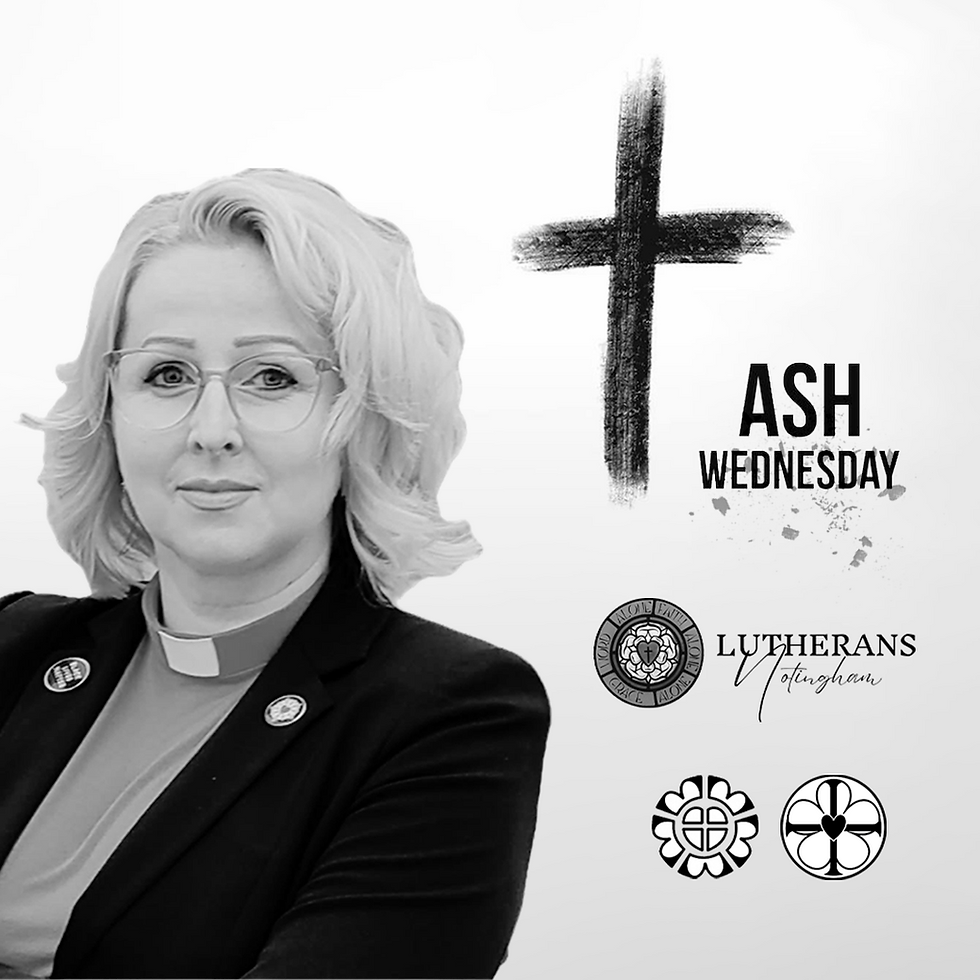Story of the Luther Rose
- ReVibe Studio

- Feb 25
- 2 min read
Updated: Mar 5
In the year 1530, amidst the political and religious turbulence of the Reformation, Martin Luther found himself at Coburg Fortress. While his supporters attended the Diet of Augsburg, Luther, under imperial ban, remained at the castle, providing theological guidance from afar. It was during this crucial period that the symbol now known as the Luther Rose was conceived.
John Frederick of Saxony, a devoted patron of Luther, sought to gift him an emblem that would encapsulate the reformer's theology and faith. At his request, a design was crafted that would serve as a visual representation of Lutheran doctrine. Upon receiving the design, Luther approved of it wholeheartedly, seeing in it a meaningful summary of his beliefs.
The emblem consisted of a black cross at its centre, set within a red heart. This heart rested within a white rose, surrounded by a sky-blue field and encircled by a golden ring. Each element of the symbol held profound theological significance. The black cross signified faith in Christ crucified—a reminder that salvation comes through the suffering of Christ. The red heart represented the believer’s faith, alive and beating even under the cross. The white rose symbolised the peace and joy that faith brings, while the sky-blue background reflected the hope of heavenly bliss. The golden ring surrounding the rose denoted the eternal nature of this joy, which is more precious than any worldly treasure.
Luther cherished the design and soon adopted it as his personal seal. It became a symbol of the Reformation, encapsulating his doctrine of justification by faith alone. In time, the emblem appeared on documents, letters, and publications, reinforcing its connection to Lutheran theology.
A particularly significant moment came when Luther received a signet ring bearing the seal, which he used to authenticate his correspondence. This tangible representation of his faith and mission further solidified the emblem’s importance in the movement that reshaped Christendom.
As Lutheranism spread across Europe and beyond, the Luther Rose remained a powerful and enduring symbol of the Reformation. It continues to be recognised today as a mark of faith, grace, and the enduring legacy of Martin Luther’s teachings.





Comments